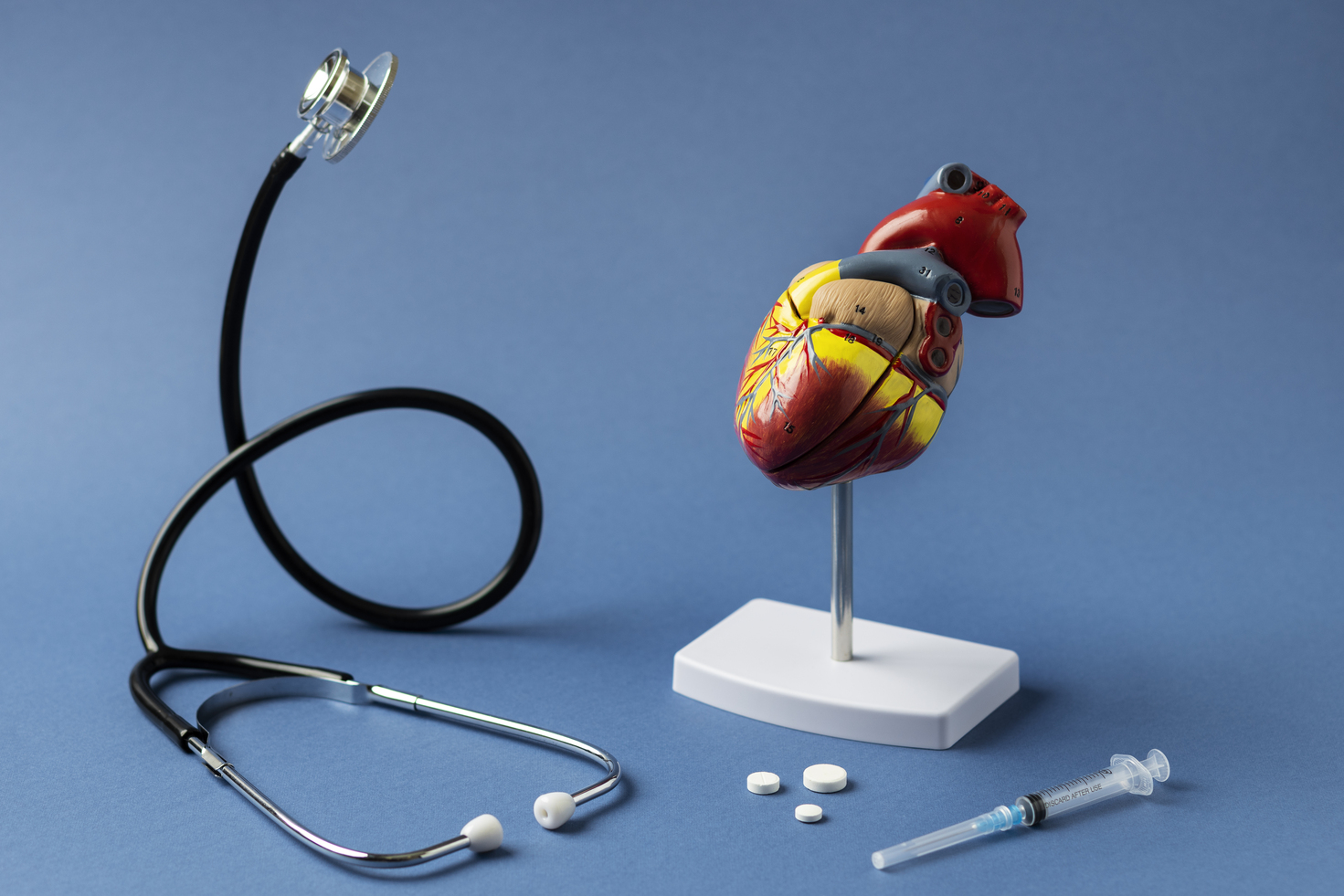

According to recent studies published in Nature Communications, researchers have discovered more than 60 previously undiscovered genetic variations linked to resting heart rate that may also raise the risk of cardiovascular disease.
“This is the largest study of its kind to-date. Besides adding to the list of variants linked to heart rate, the research provides robust causal relationships between heart rate and cardiovascular health,” said Marilyn Cornelis, Ph.D., associate professor of Preventive Medicine in the Division of Nutrition and a co-author of the study.
According to the American Heart Association, an adult’s normal resting heart rate should be between 60 to 100 beats per minute. Anything above this range is linked to a higher risk of cardiovascular disease and mortality.
In the current study, the researchers performed a genome-wide meta-analysis of data from 100 genetic studies with a total of more than 835,000 participants in order to find new resting heart rate-associated genetic variations.
This study found 68 previously unidentified genetic variants that were connected to resting heart rate among the 493 distinct genetic variants found in 352 locations. The key enrichment areas for resting heart rate genetic variations were likewise found to be cardiovascular tissues, and the expression of these variants was highest in cardiomyocytes, the heart’s contractile muscle cells.
Additional genetic analyses showed that higher genetically predicted resting heart rates reduced the risk of atrial fibrillation, ischemic stroke, and cardioembolic stroke but increased the risk of dilated cardiomyopathy, a condition in which the heart’s left ventricle enlarges and fails to pump enough blood into the body.
The risk of mortality did not appear to be correlated with resting heart rate, the scientists reported.
Overall, according to the authors, the findings advance knowledge of the relationship between genetic variants and resting heart rate and its significance in cardiovascular disease, which can guide future patient care and treatment methods.
more recommended stories
 Ancient HHV-6 Genomes Confirm Iron Age Viral Integration
Ancient HHV-6 Genomes Confirm Iron Age Viral IntegrationKey Takeaways for HCPs Scientists reconstructed.
 Silica Nanomatrix Boosts Dendritic Cell Cancer Therapy
Silica Nanomatrix Boosts Dendritic Cell Cancer TherapyKey Points Summary Researchers developed a.
 Vagus Nerve and Cardiac Aging: New Heart Study
Vagus Nerve and Cardiac Aging: New Heart StudyKey Takeaways for Healthcare Professionals Preserving.
 Cognitive Distraction From Conversation While Driving
Cognitive Distraction From Conversation While DrivingKey Takeaways (Quick Summary) Talking, not.
 Fat-Regulating Enzyme Offers New Target for Obesity
Fat-Regulating Enzyme Offers New Target for ObesityKey Highlights (Quick Summary) Researchers identified.
 Spatial Computing Explains How Brain Organizes Cognition
Spatial Computing Explains How Brain Organizes CognitionKey Takeaways (Quick Summary) MIT researchers.
 Gestational Diabetes Risk Identified by Blood Metabolites
Gestational Diabetes Risk Identified by Blood MetabolitesKey Takeaways (Quick Summary for Clinicians).
 Phage Therapy Study Reveals RNA-Based Infection Control
Phage Therapy Study Reveals RNA-Based Infection ControlKey Takeaways (Quick Summary) Researchers uncovered.
 Pelvic Floor Disorders: Treatable Yet Often Ignored
Pelvic Floor Disorders: Treatable Yet Often IgnoredKey Takeaways (Quick Summary) Pelvic floor.
 Urine-Based microRNA Aging Clock Predicts Biological Age
Urine-Based microRNA Aging Clock Predicts Biological AgeKey Takeaways (Quick Summary) Researchers developed.

Leave a Comment